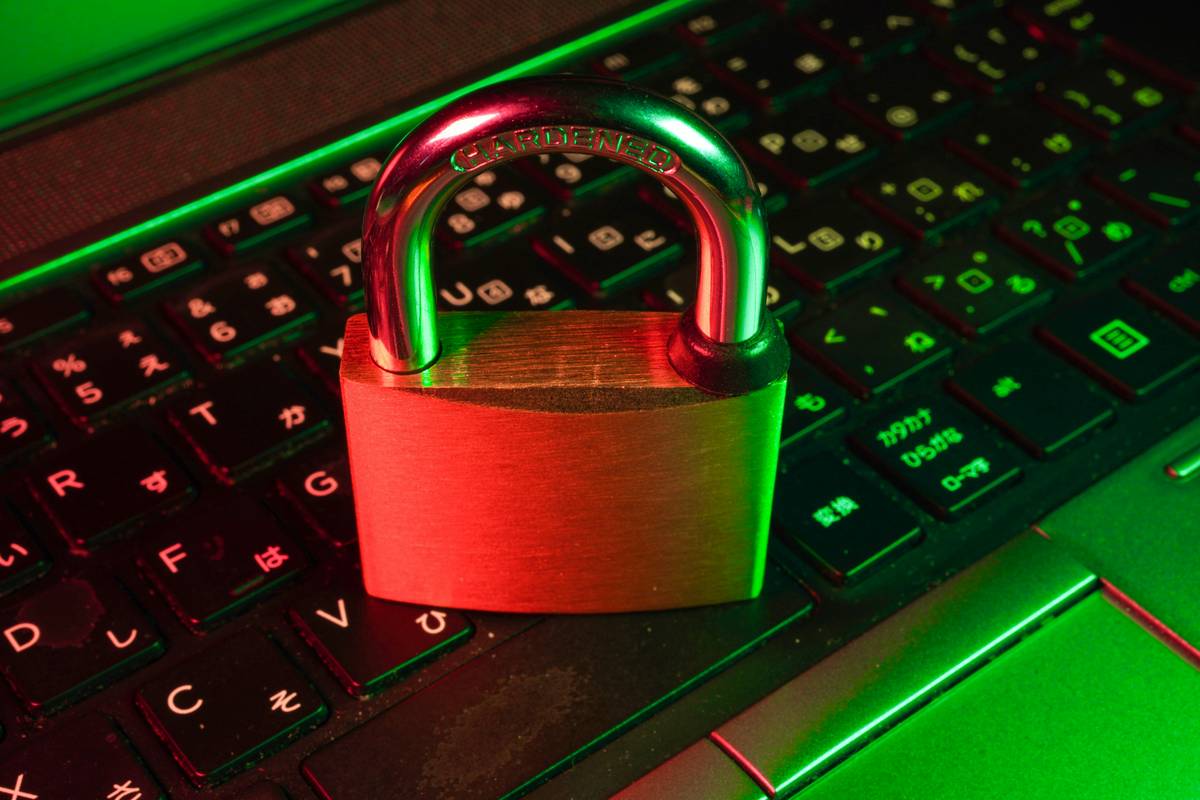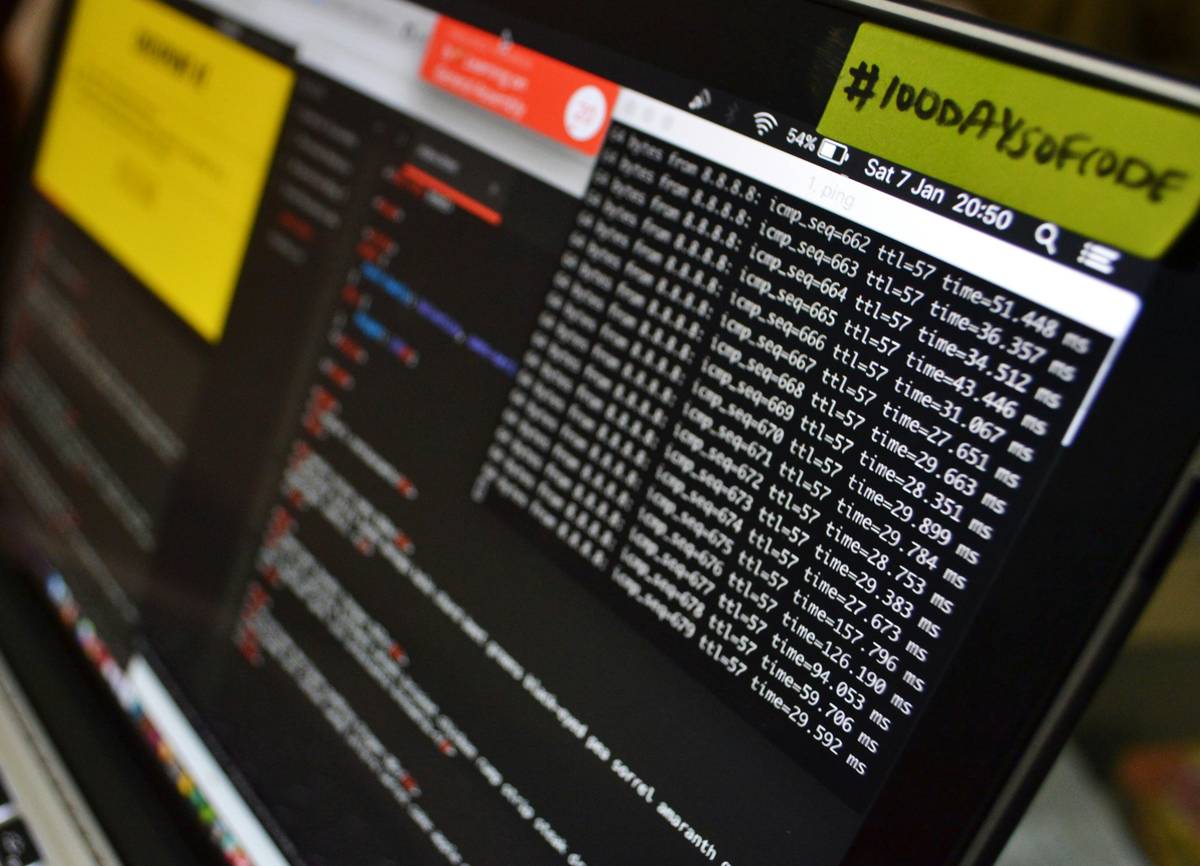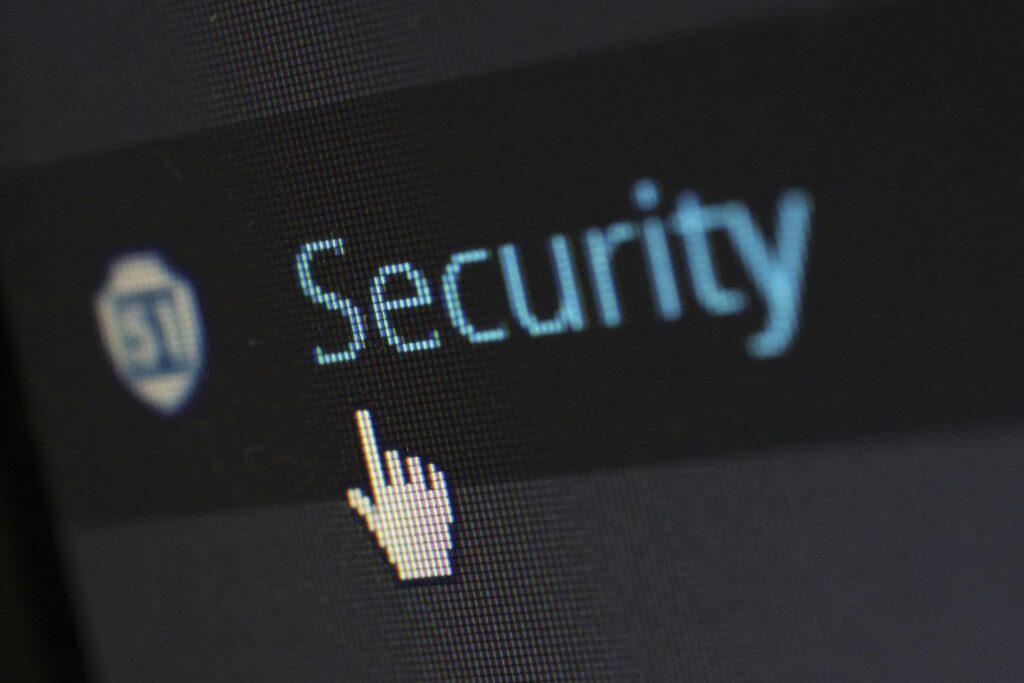Ever clicked on a link that seemed legit, only to realize later it was a phishing scam? Yeah, us too. In fact, phishing attacks account for over 80% of reported security incidents, according to recent cybersecurity reports. If you’re wondering how to protect yourself or your organization from these sneaky tactics, you’re in the right place.
In this post, we’ll dive deep into the world of phishing detection methods—what they are, why they matter, and how you can implement them effectively. You’ll learn about common red flags, cutting-edge tools, and real-life examples that’ll make you a phishing-fighting pro. Let’s go!
Table of Contents
- Why Phishing Detection Matters
- Key Takeaways for Phishing Protection
- Understanding the Threat Landscape
- Step-by-Step Guide to Phishing Detection
- Best Practices for Detecting Phishing Attacks
- Real-World Cases of Phishing Detection Success
- FAQs About Phishing Detection Methods
Key Takeaways for Phishing Protection
- Phishing remains one of the most prevalent cyber threats, targeting both individuals and organizations.
- Effective phishing detection methods combine human vigilance with advanced technology like AI-powered email filters.
- Training employees to recognize phishing signs is as crucial as deploying technical solutions.
- Ignoring phishing risks can lead to devastating consequences, including financial losses and data breaches.
Why Phishing Detection Matters
Let’s get real for a moment. Cybercriminals don’t play fair. They exploit human psychology by crafting emails that look oh-so-authentic—a “PayPal invoice overdue” here, an “urgent account update” there. And honestly, who hasn’t felt their stomach drop after accidentally clicking something suspicious?
“Optimist You: ‘Maybe I didn’t fall for anything.’
Grumpy You: ‘Ugh, fine—but let’s check my bank statement just in case.'”

Phishing detection isn’t just tech jargon; it’s your first line of defense against identity theft, ransomware, and more. Without robust detection strategies, even the savviest users can become victims.
What Makes Phishing So Challenging?
Here’s the hard truth: phishing has evolved faster than we’d like. Attackers now use sophisticated social engineering techniques, domain spoofing, and even AI-generated content to fool people. It sounds like your laptop fan during a 4K render—whirrrr, relentless, overwhelming.
Rant Alert: Seriously, why do scammers keep finding new ways to ruin our days? Just last month, I nearly missed a cleverly disguised LinkedIn connection request. Spoiler alert: It wasn’t legit.
This constant evolution means traditional defenses (like spam filters) aren’t enough anymore. You need multi-layered protection tailored to modern threats.
How to Detect Phishing Like a Pro
Step 1: Scrutinize Email Headers
The devil’s in the details—or rather, the headers. Always double-check sender addresses. For instance, if PayPal uses “@paypal.com,” anything else (“@paypaI.com”) should raise alarms.
Step 2: Hover Before You Click
Moving your cursor over links reveals their true destination without loading potentially malicious sites. This method is chef’s kiss for spotting deceptive URLs.
Step 3: Look for Grammar Gremlins
Legitimate companies rarely make grammatical errors. A poorly written email? Probably phishing. Don’t trust anyone who says “Dear Valued Customer.”

Step 4: Verify Attachments Carefully
If Grandma doesn’t typically send zipped files, maybe don’t open that attachment labeled “Grandma’s_Cookie_Recipe.zip.” Sounds simple, but many still ignore this advice.
Top Tips for Detecting Phishing Attacks
- Use Multi-Factor Authentication (MFA): Even if credentials are compromised, MFA adds another barrier.
- Install Anti-Phishing Browser Extensions: Tools like Google Safe Browsing block known phishing websites.
- Educate Your Team: Training sessions reduce human errors significantly.
Terrible Tip Disclaimer: Do NOT rely solely on gut feelings. While intuition helps, it shouldn’t replace structured detection methods.
When Phishing Detection Saved the Day
Check out this case study: A mid-sized e-commerce company thwarted a major phishing campaign using a combination of employee training and AI-based email filtering. Their system flagged unusual sender behavior, saving them from potential downtime worth millions.
“Sounds too easy?” Maybe. But preparedness makes all the difference.

Frequently Asked Questions
What Are Some Common Signs of Phishing Emails?
Look for poor grammar, mismatched URLs, urgent calls to action, and generic greetings like “Dear User.”
Can AI Help With Phishing Detection?
Absolutely! Machine learning algorithms analyze patterns and flag anomalies humans might miss.
Is Free Anti-Phishing Software Effective?
It depends. Free tools provide basic protection, but premium options offer better accuracy and support.
Conclusion
Phishing detection methods are no longer optional—they’re essential for staying safe online. By combining human smarts with cutting-edge tech, you can stay ahead of cybercriminals and protect what matters most.
To recap, remember to scrutinize email headers, hover before clicking, and educate yourself regularly. And hey, while you’re at it, bookmark this guide for future reference!
Like a Tamagotchi, your cybersecurity knowledge needs daily care. Stay sharp out there.


